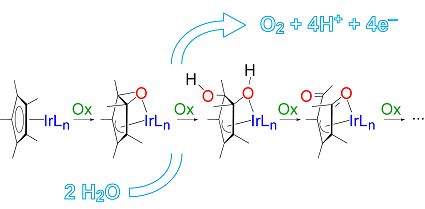
Larvicidal isoxazoles: Synthesis and their effective susceptibility towards Aedes aegypti larvae
Volume 21, Issue 4, 15 February 2013, Pages 940–947
Diana
C.B. da Silva-Alves, Janaína V. dos Anjos, Nery N.M. Cavalcante, Geanne
K.N. Santos, Daniela M.do A.F. Navarro, Rajendra M. SrivastavaTwenty 3,5-disubstituted isoxazoles have been synthesized and tested against fourth instar Aedes aegyptilarvae. In the synthesis of title compounds, modifications have been made in the C-5 side-chain with a view to test their larvicidal activity. These isoxazoles have been obtained by 1,3-dipolar cycloaddition of arylnitrile oxides to terminal alkynes which furnished the desired products in 20% to 79% yields. A comparative study of the larvicidal activity between 3-(3-aryl-isoxazol-5-yl)-propan-1-ols and 3-(3-aryl-isoxazol-5-yl)-propionic acids clearly demonstrated that the latter compounds possess much better larvicidal activity than the former. We also tested two esters, viz., methyl 3-[3-(phenyl)-isoxazole-5-yl] propionate and methyl 3-[3-(4-chlorophenyl)-isoxazole-5-yl] propionate, where the latter presented an excellent larvicidal profile.






 A magnetic resonance (MR) probe can be used to distinguish old and new blood clots
A magnetic resonance (MR) probe can be used to distinguish old and new blood clots



